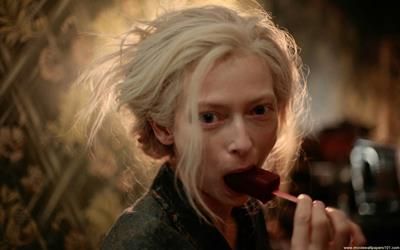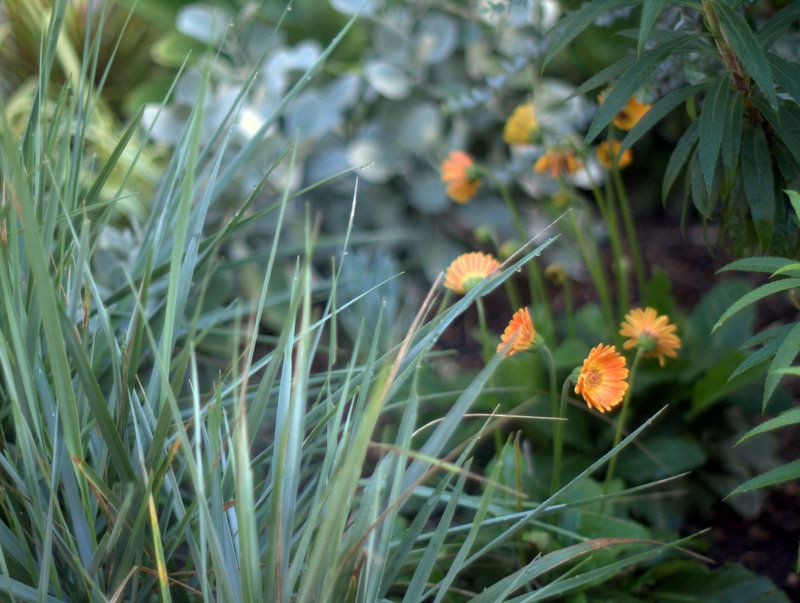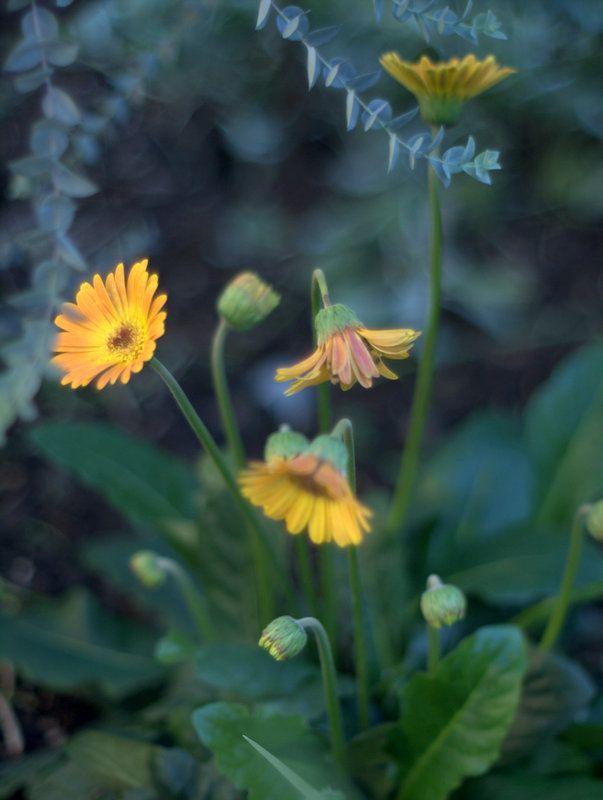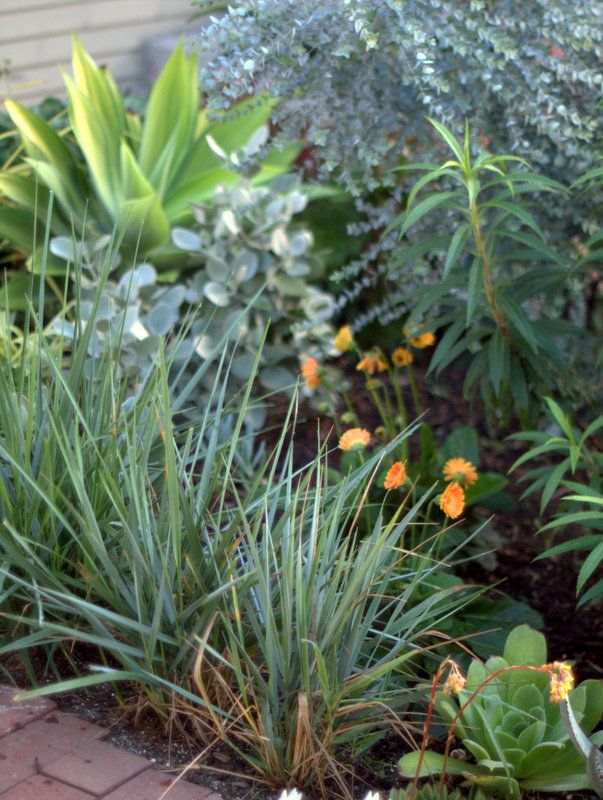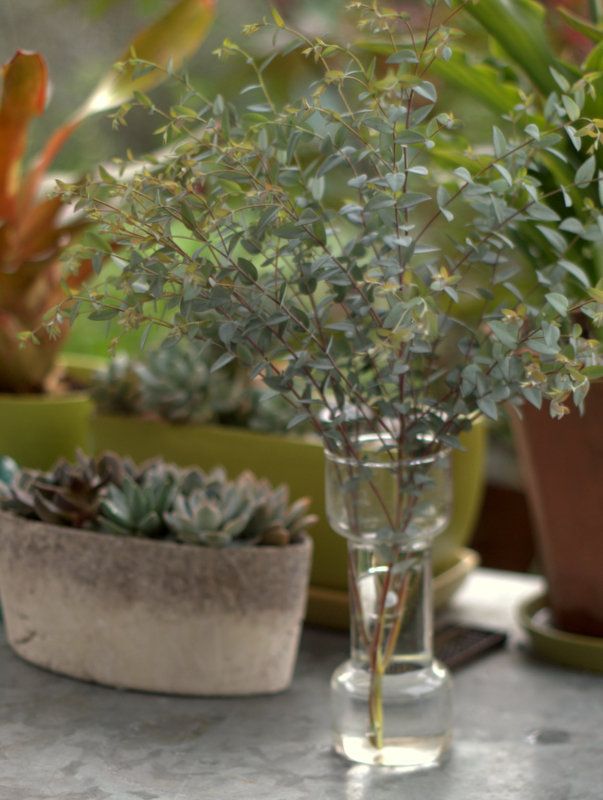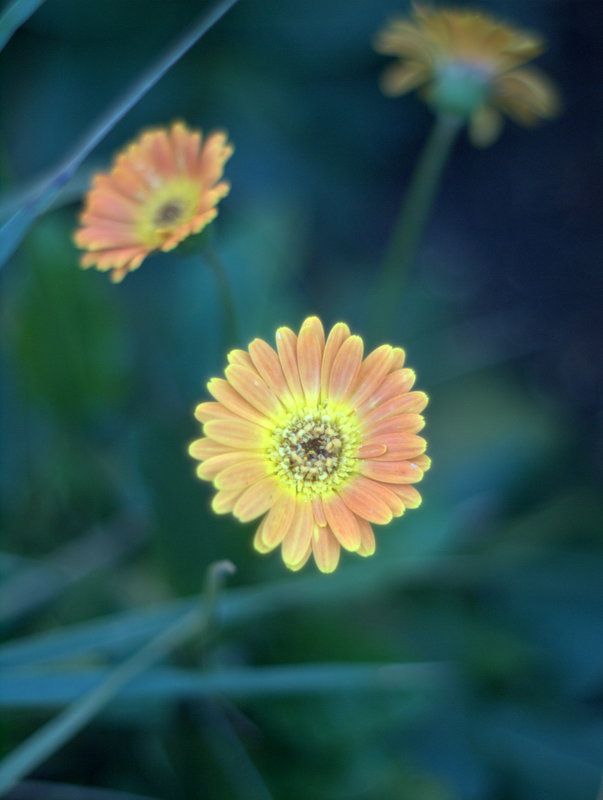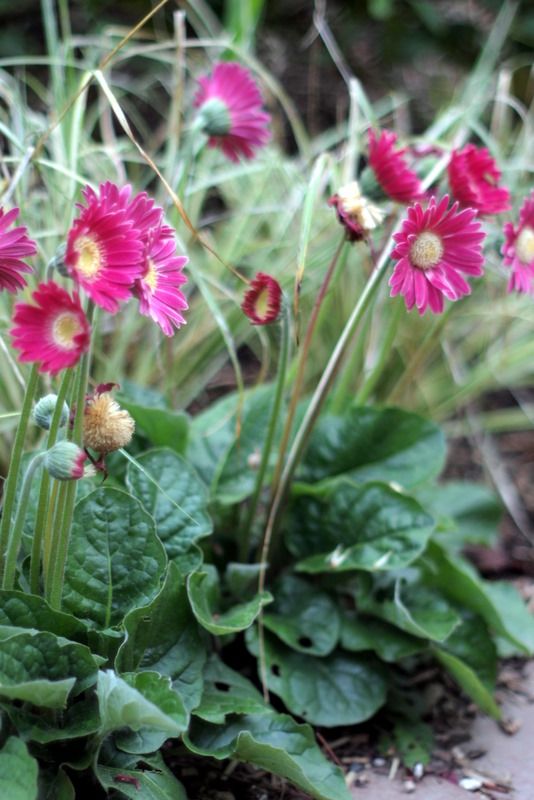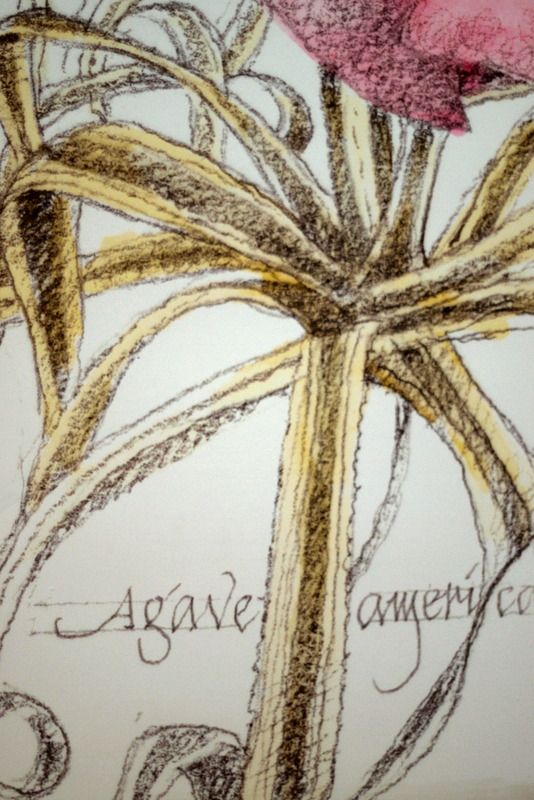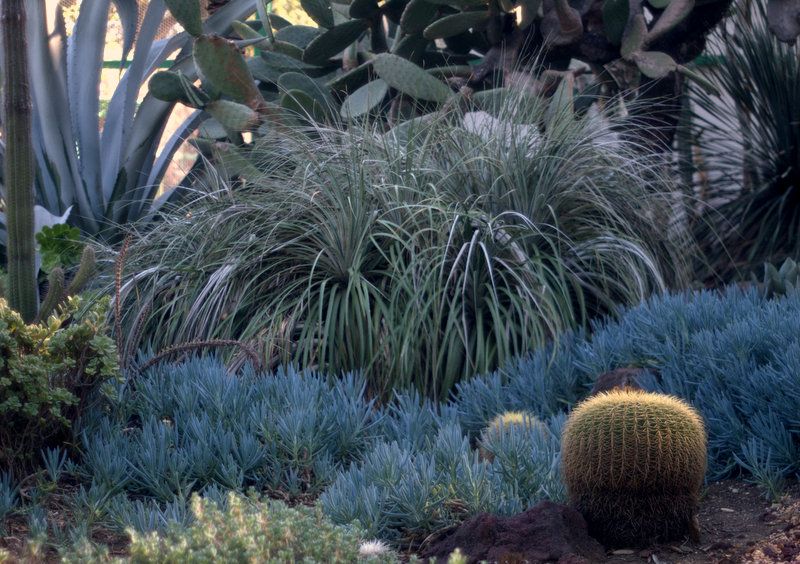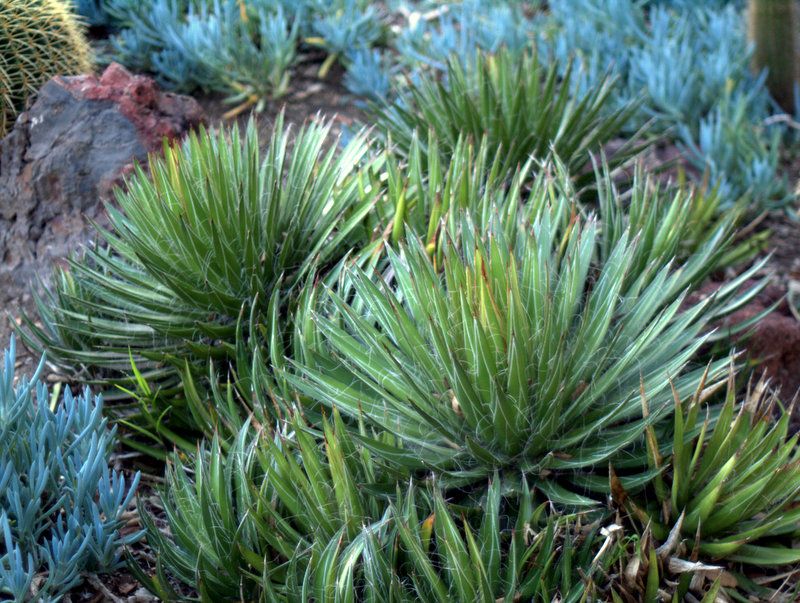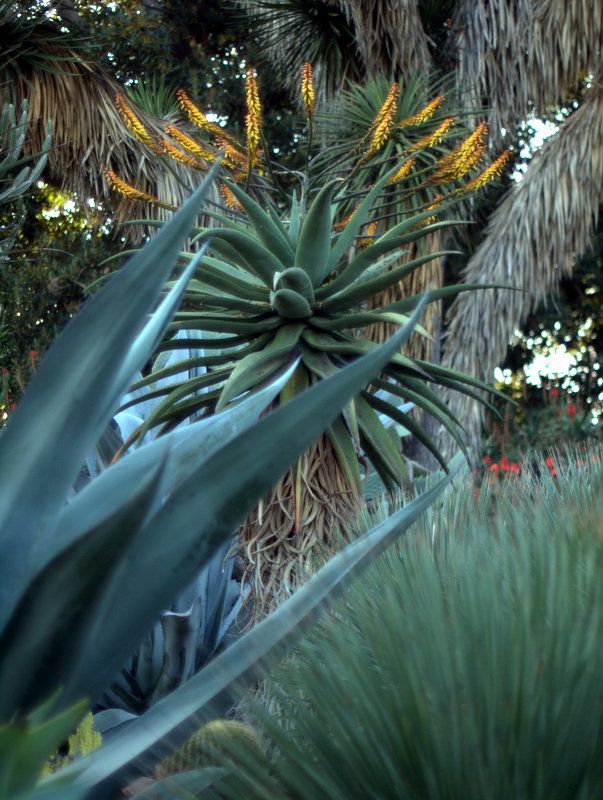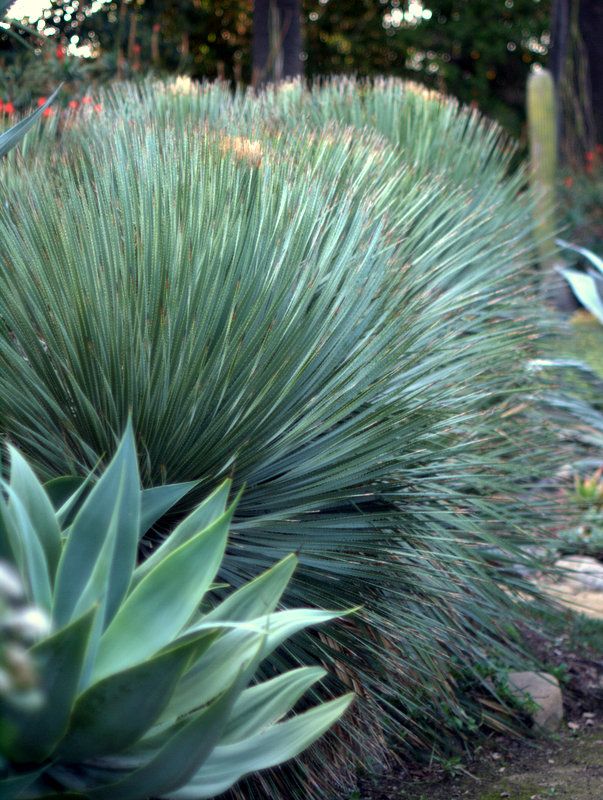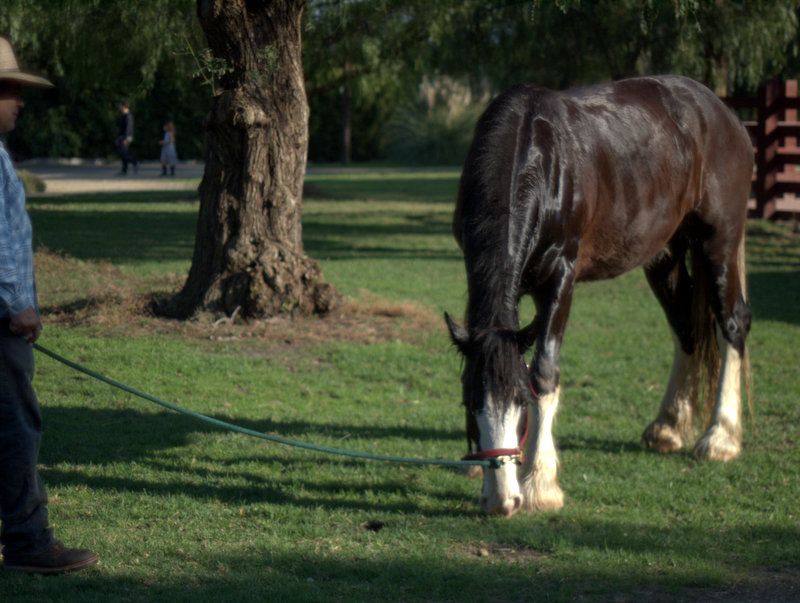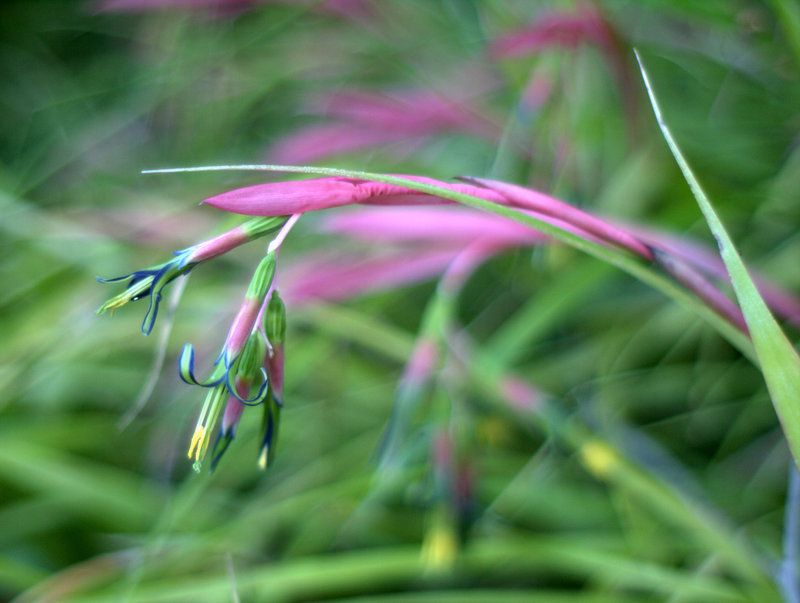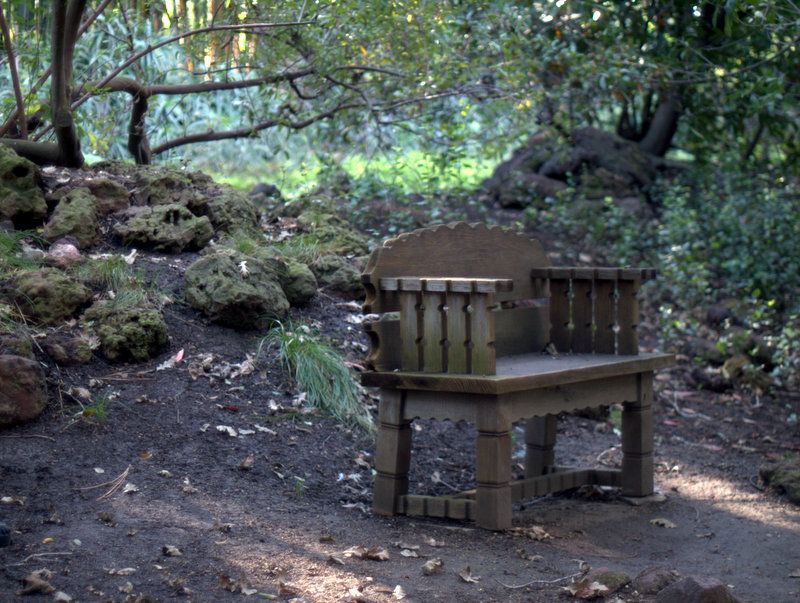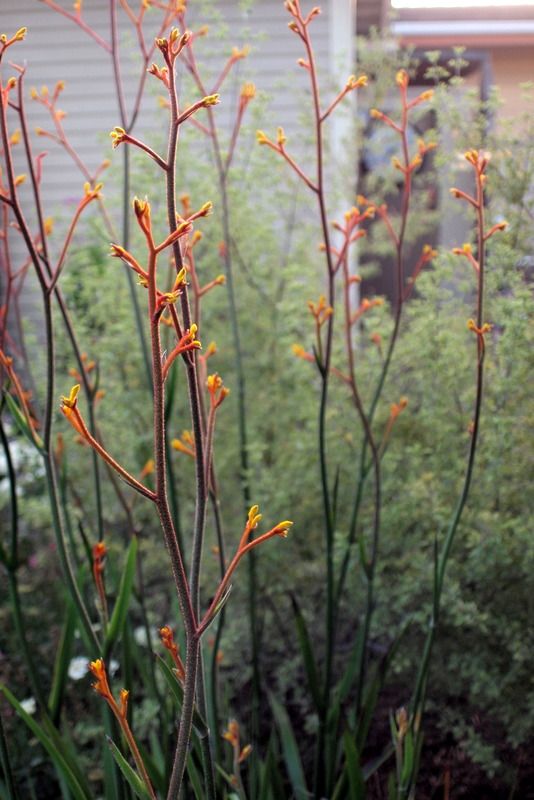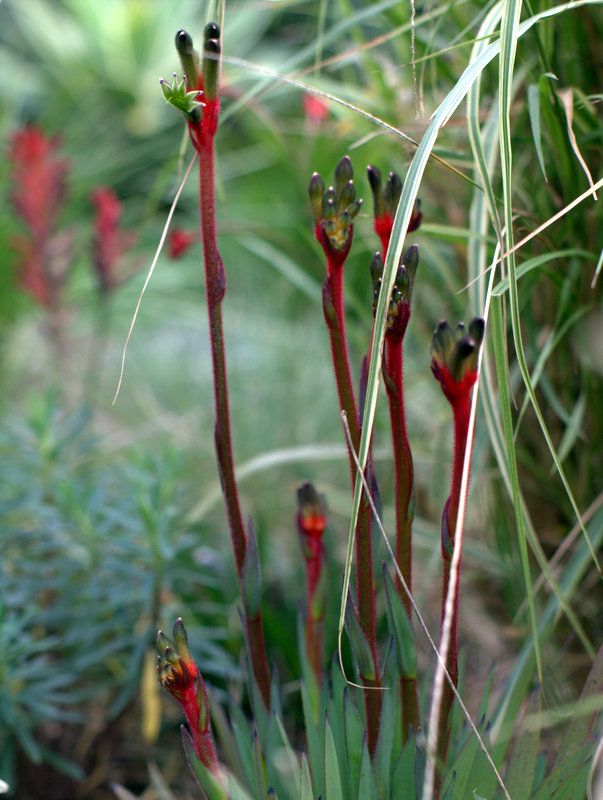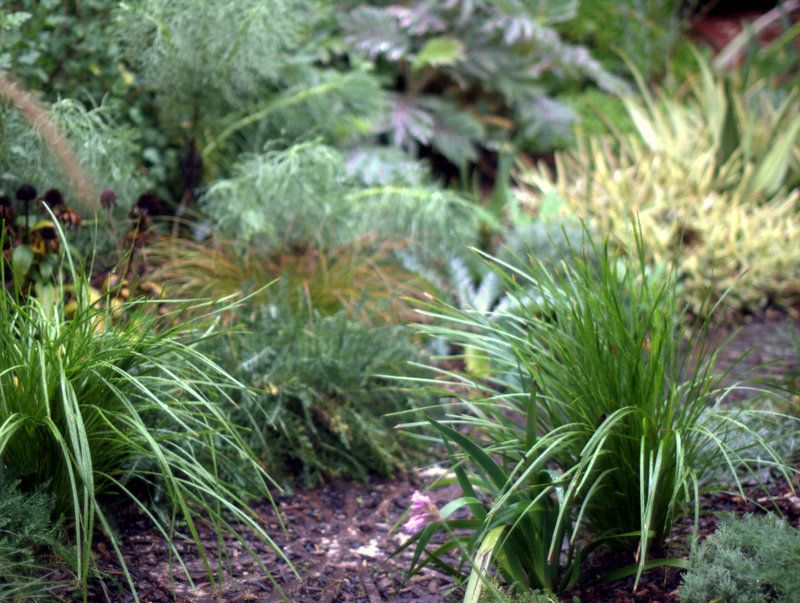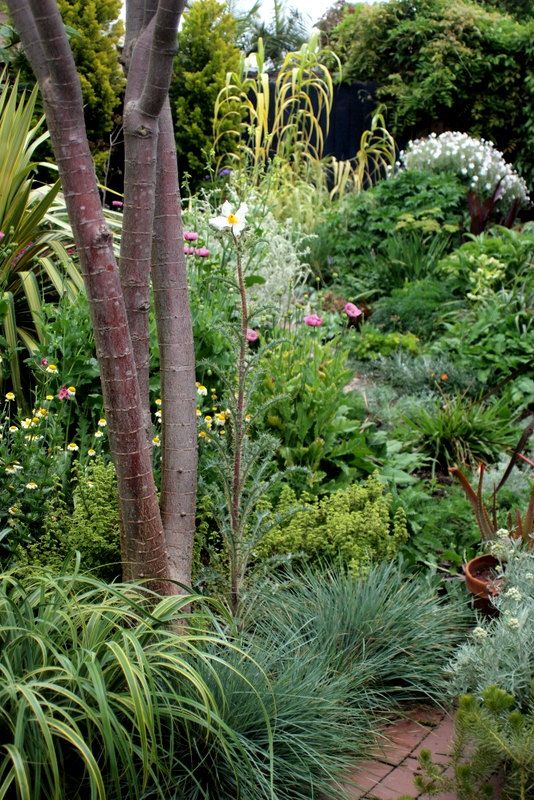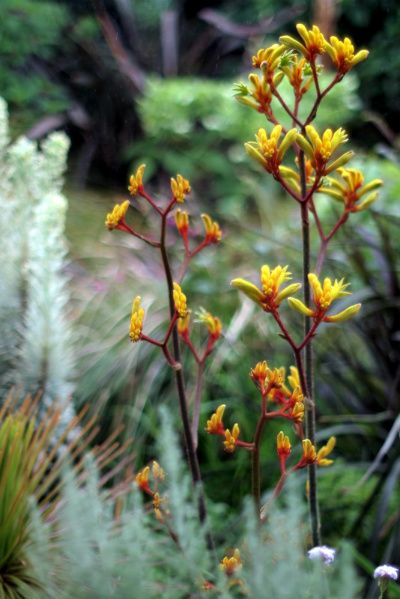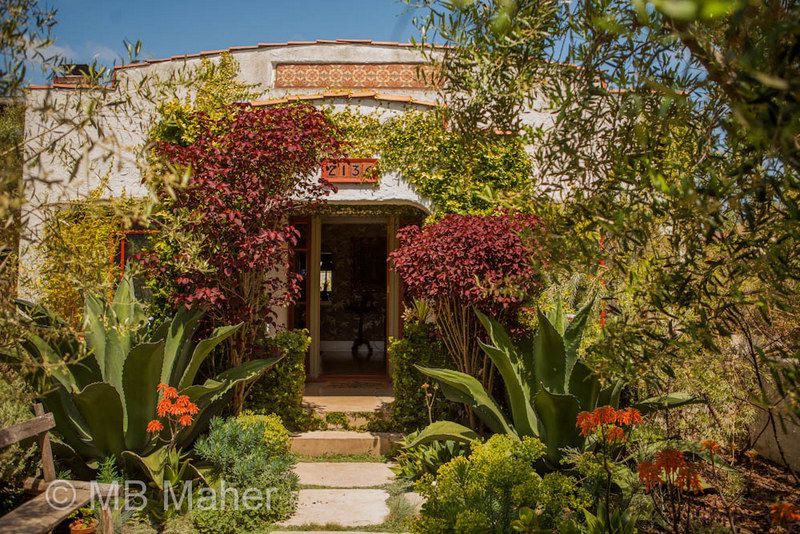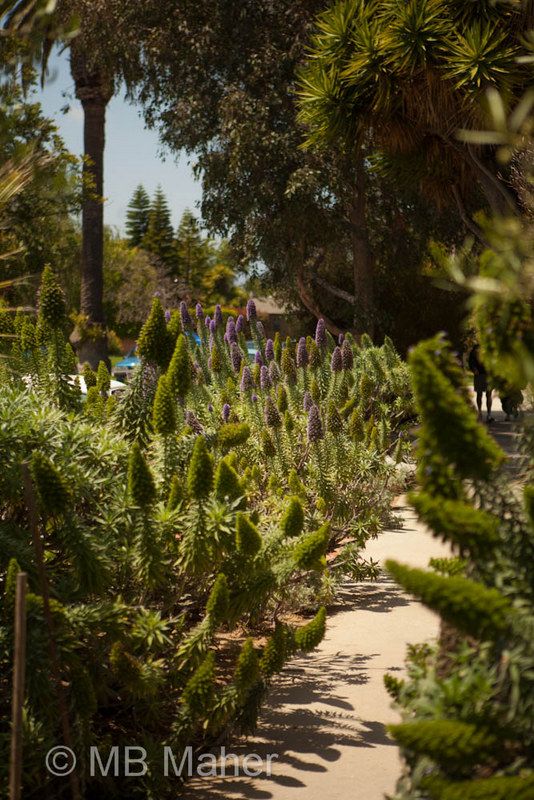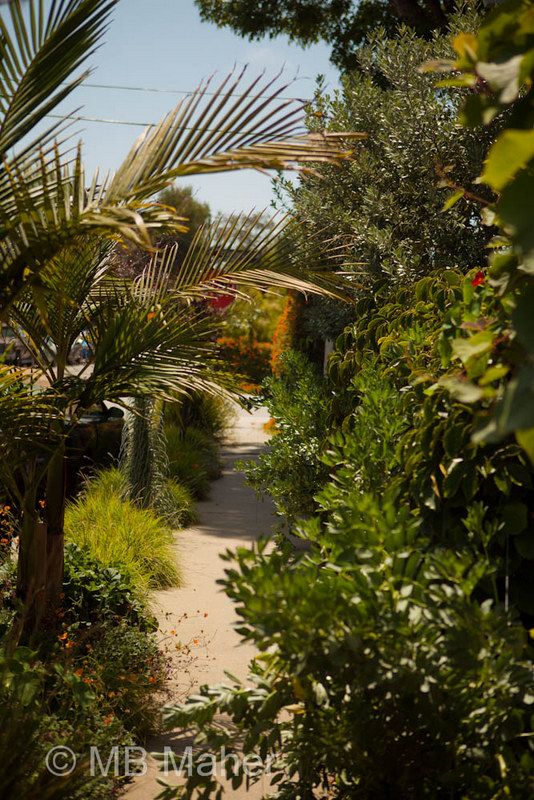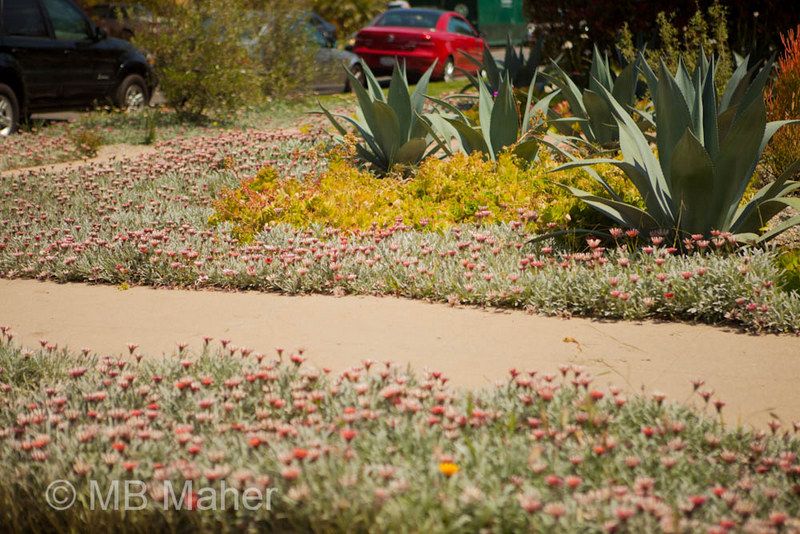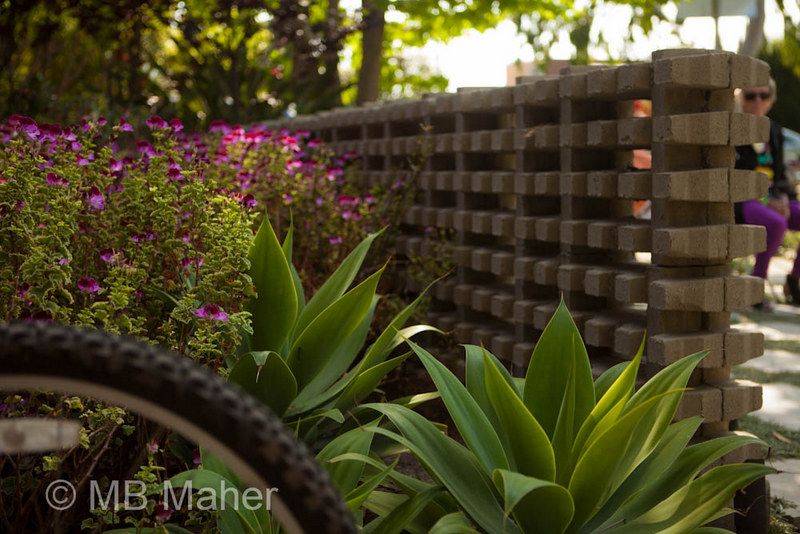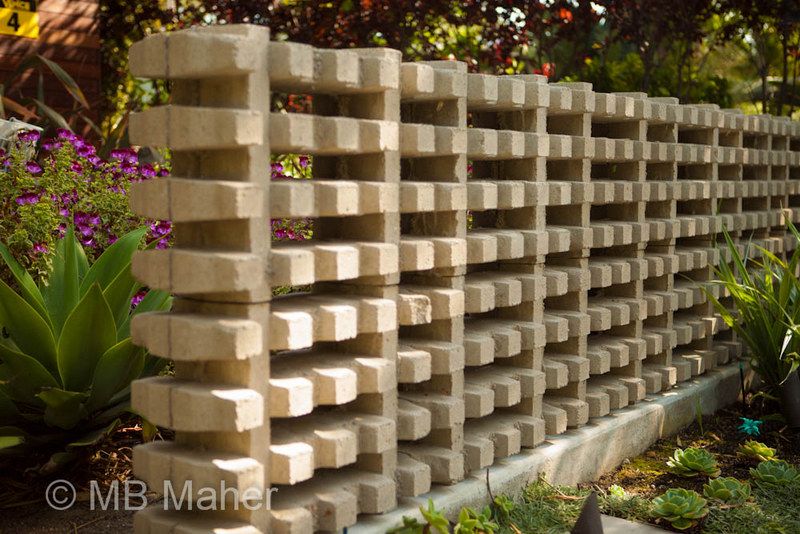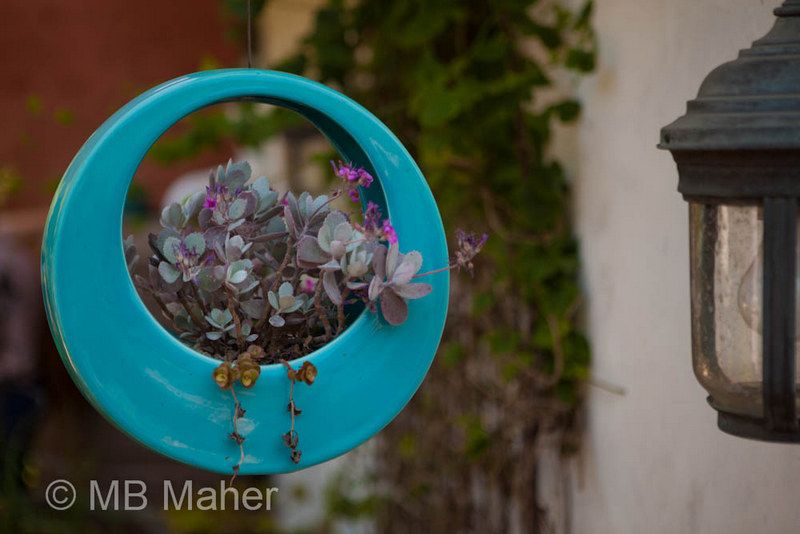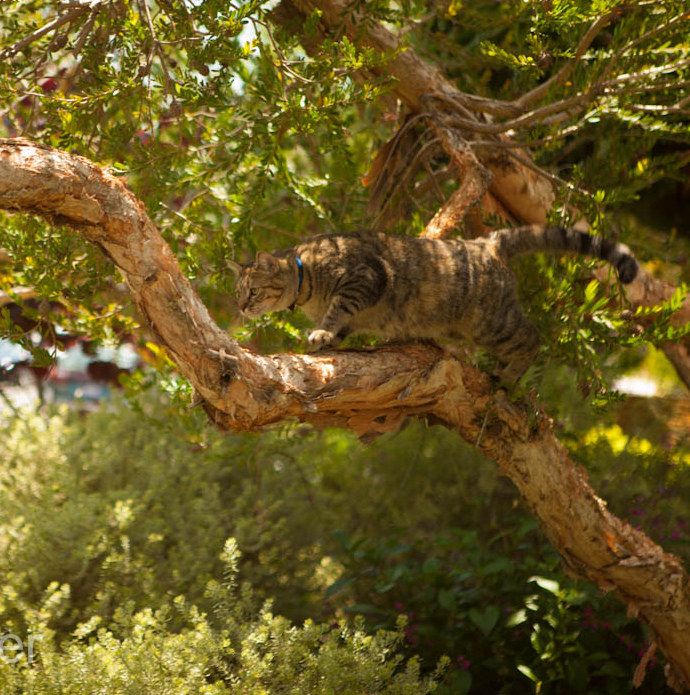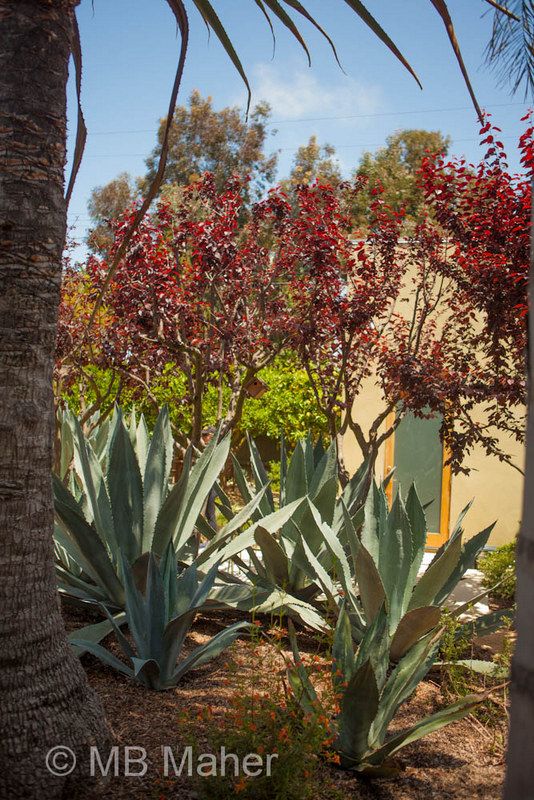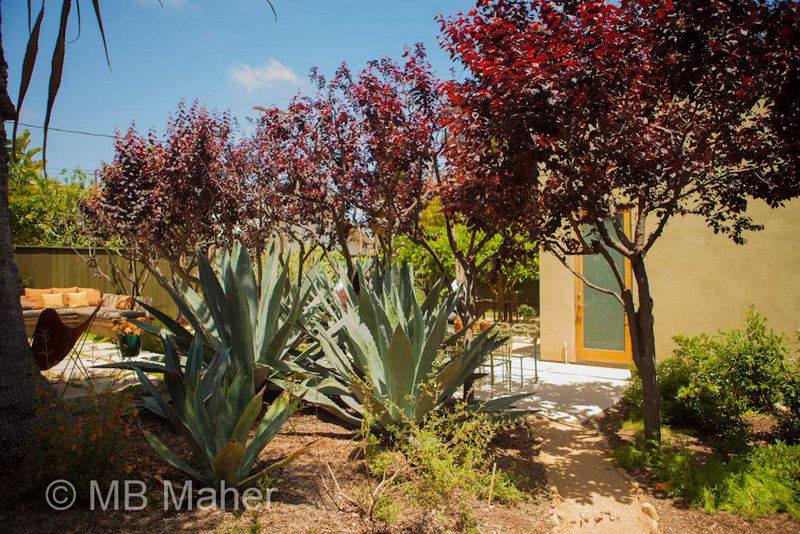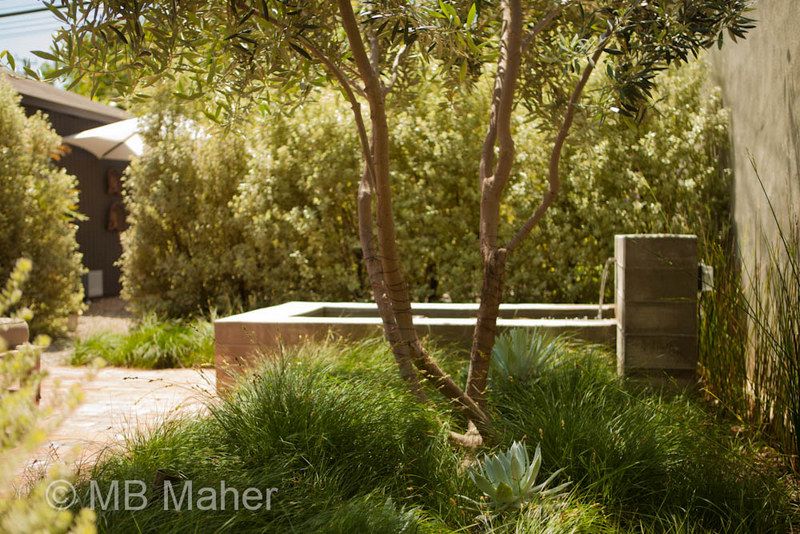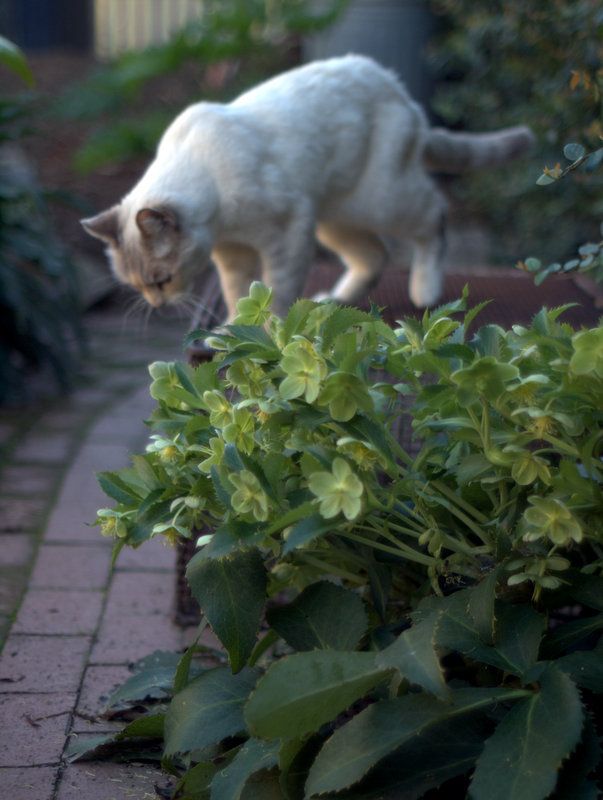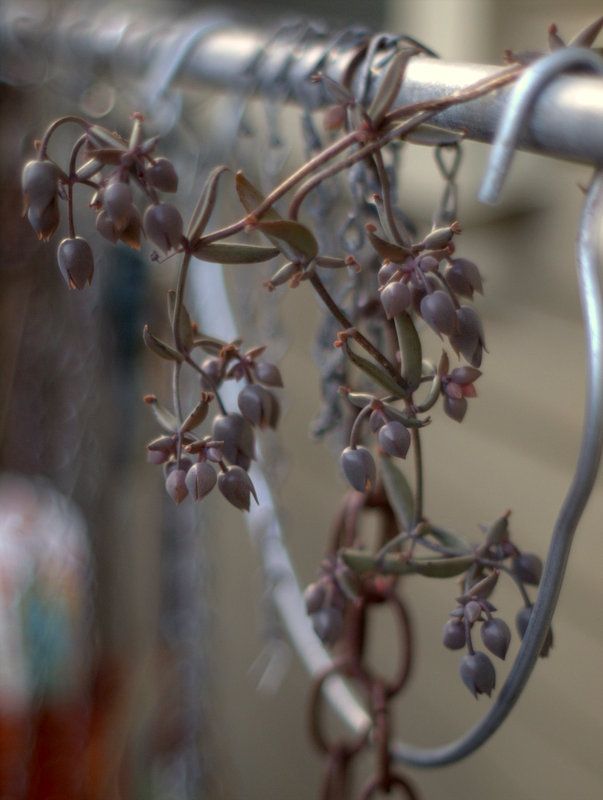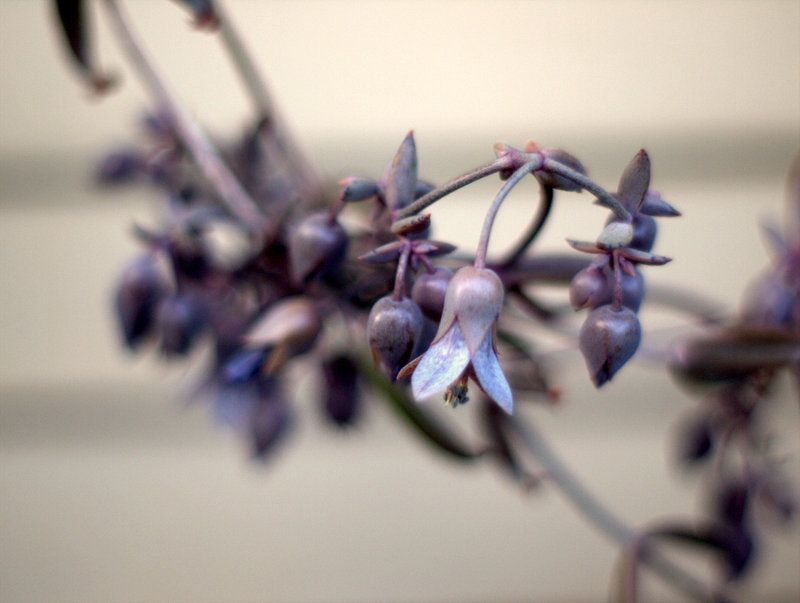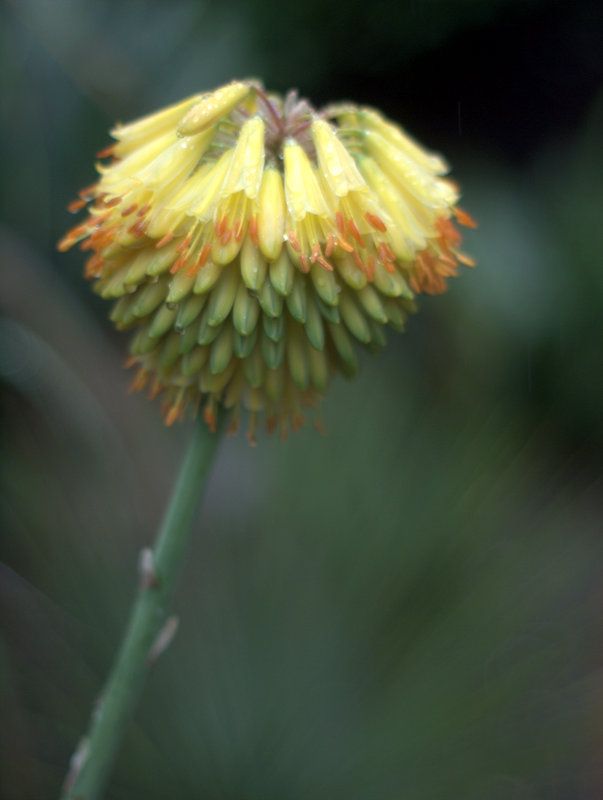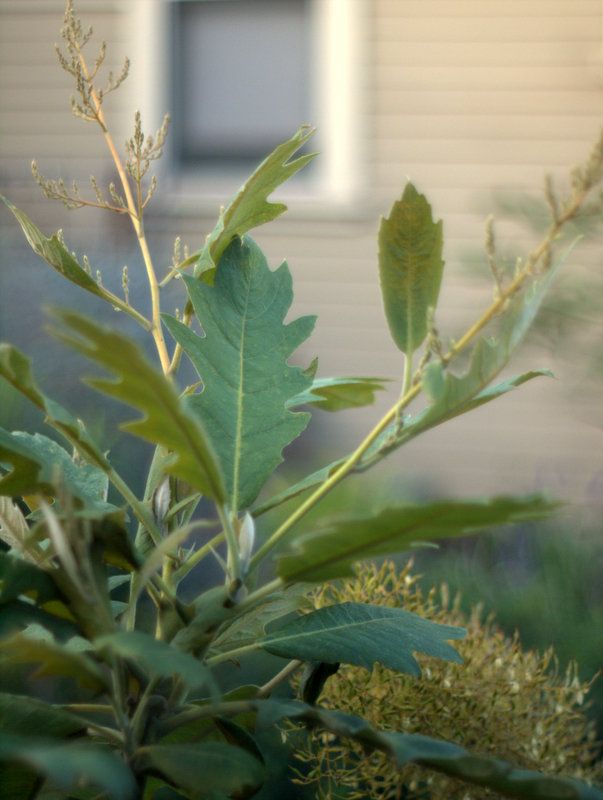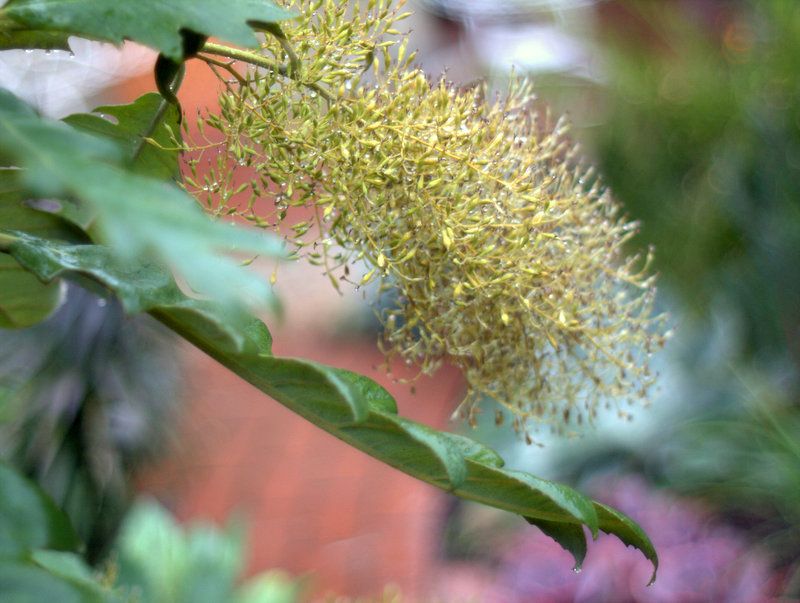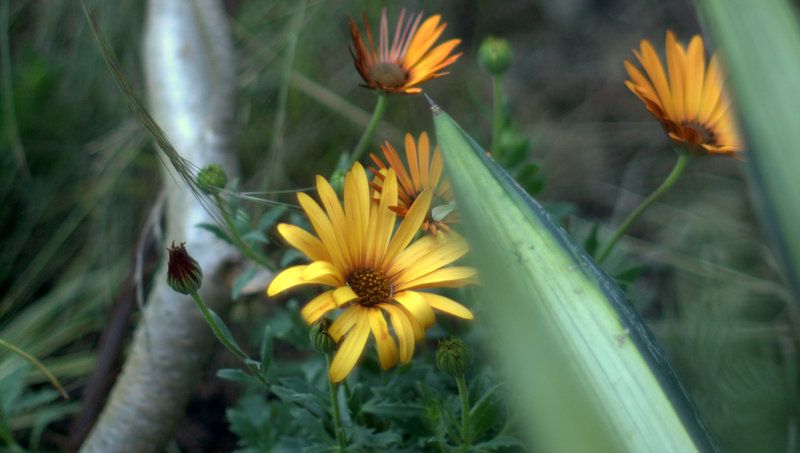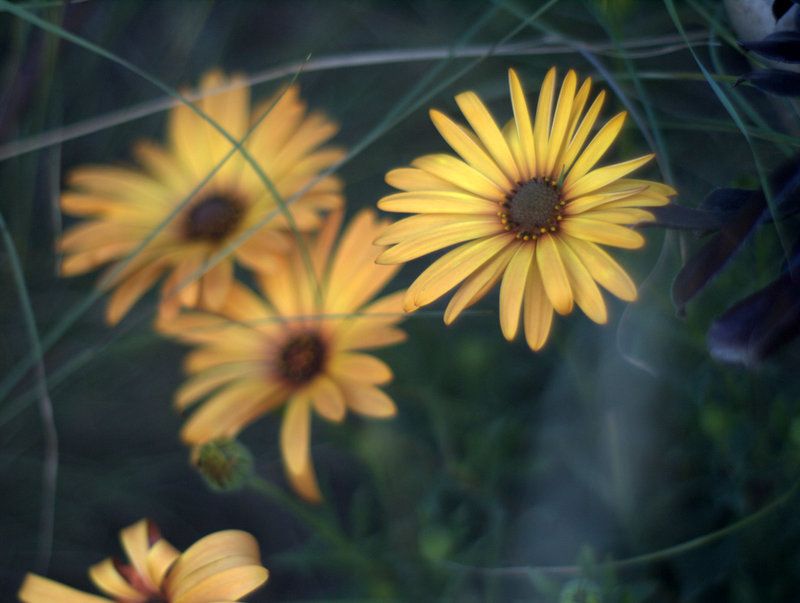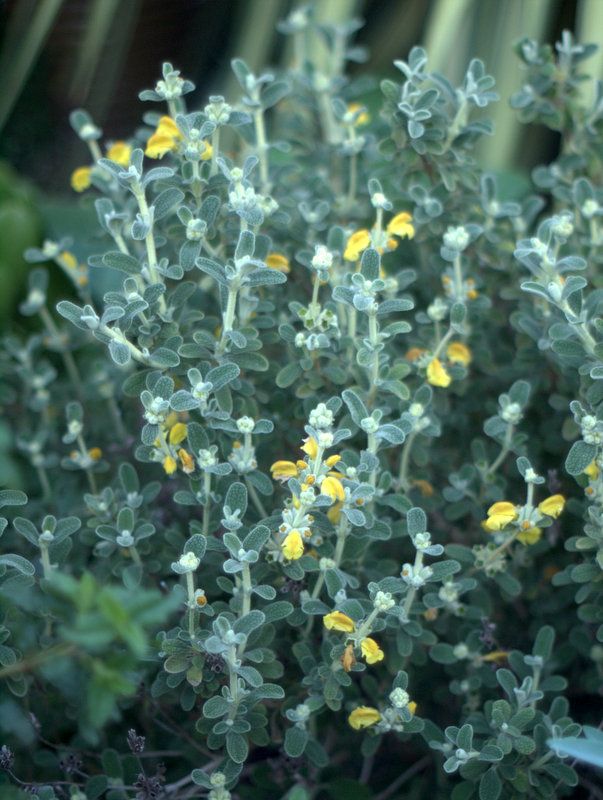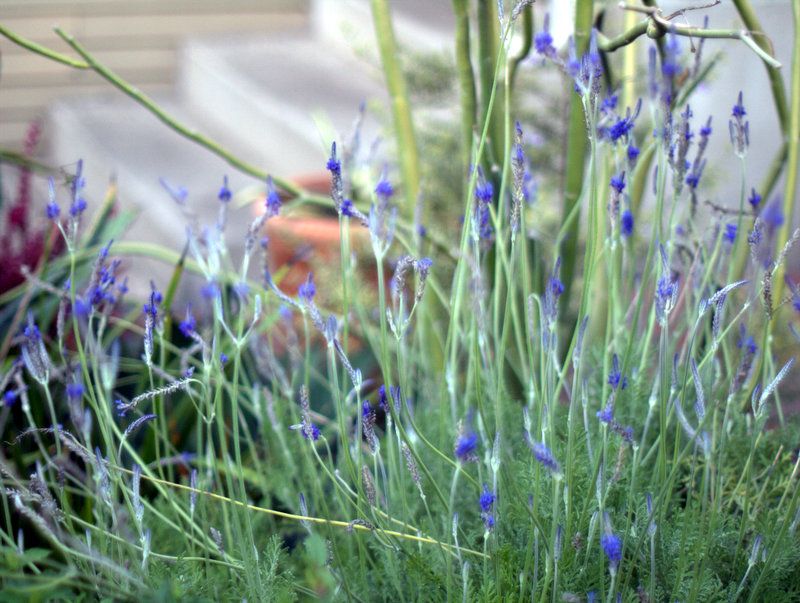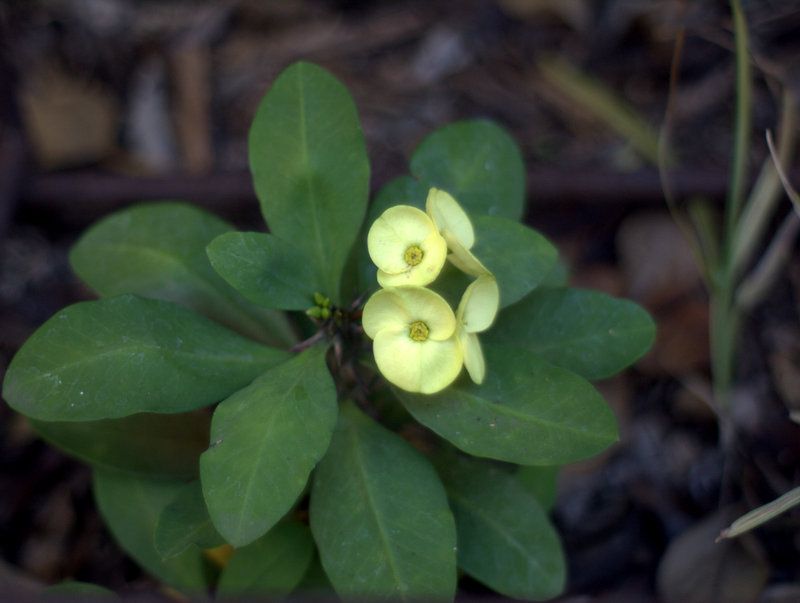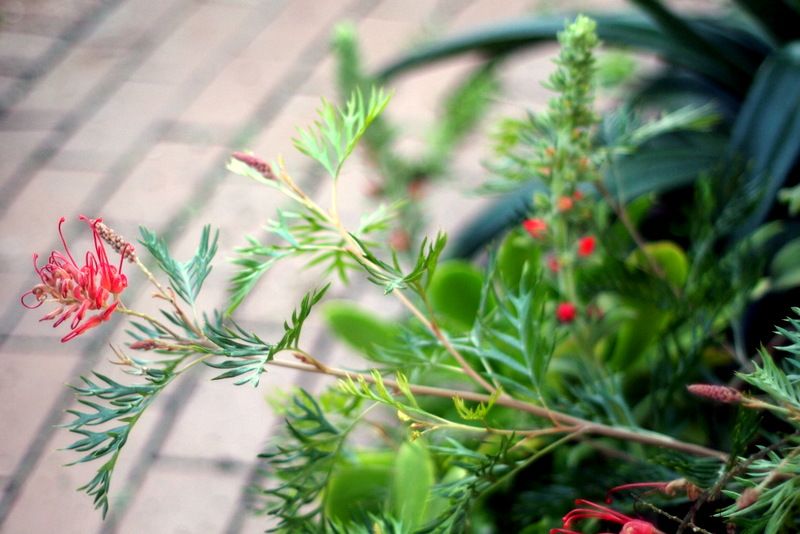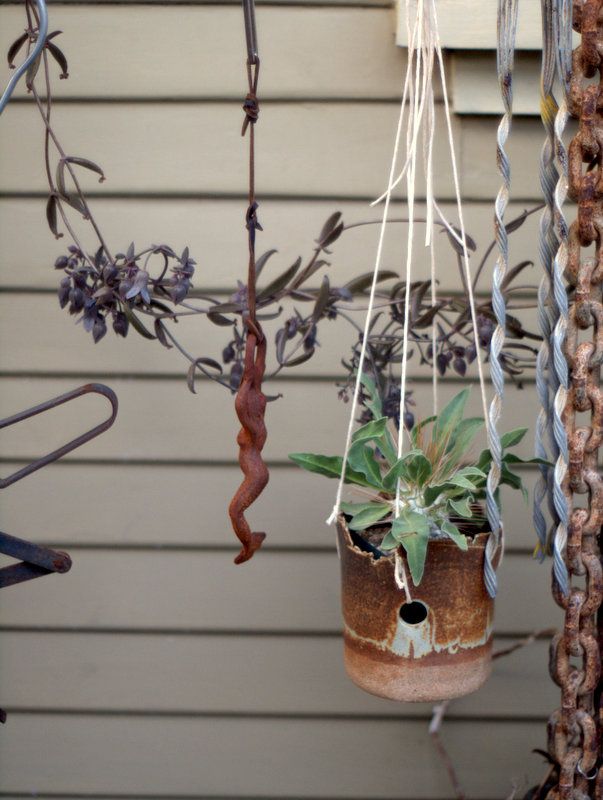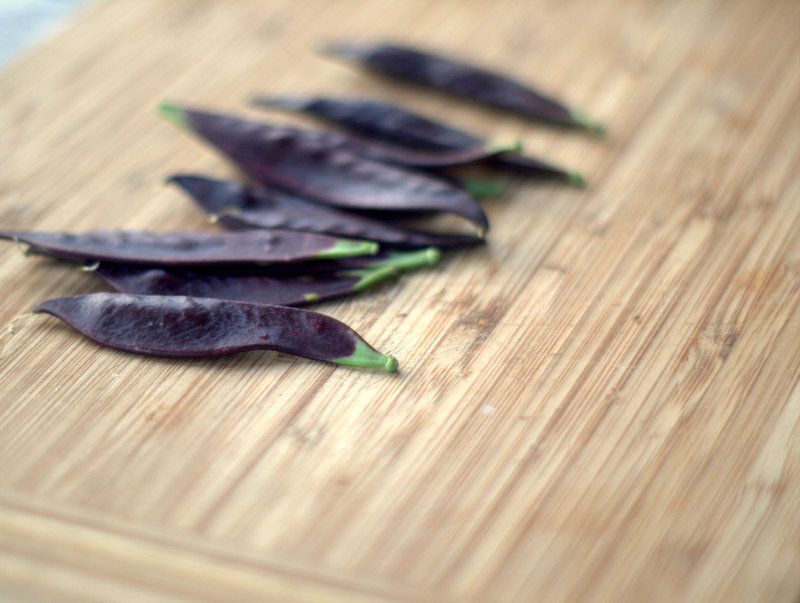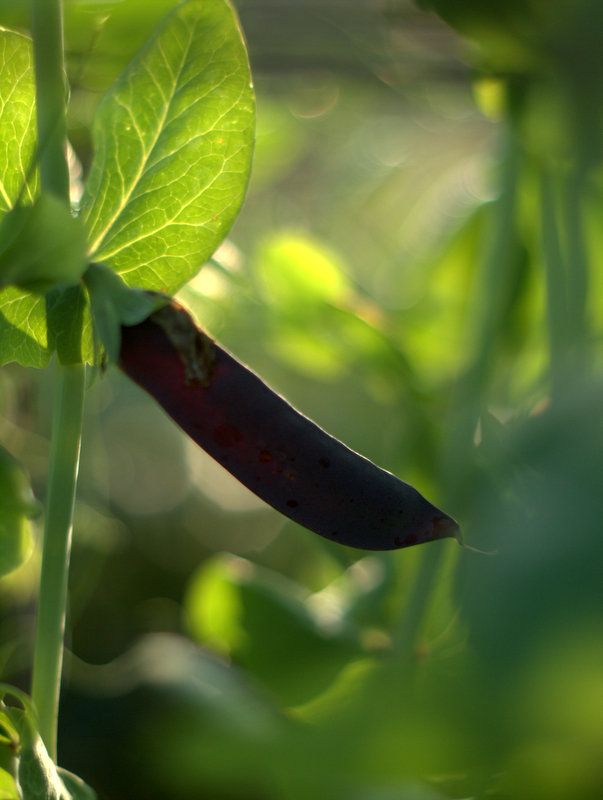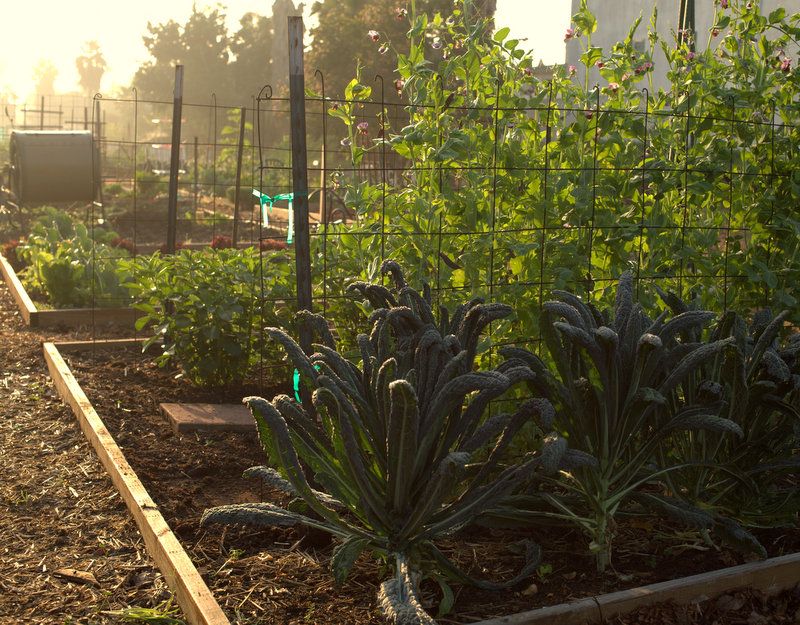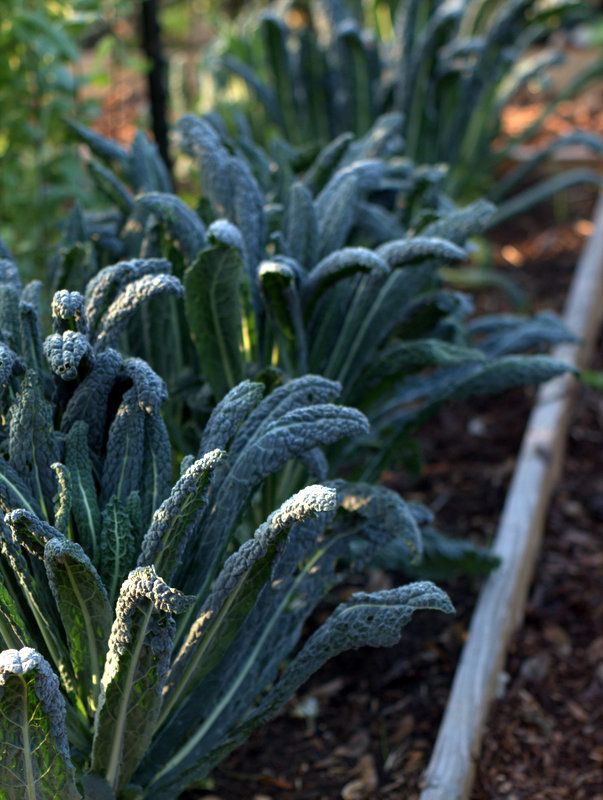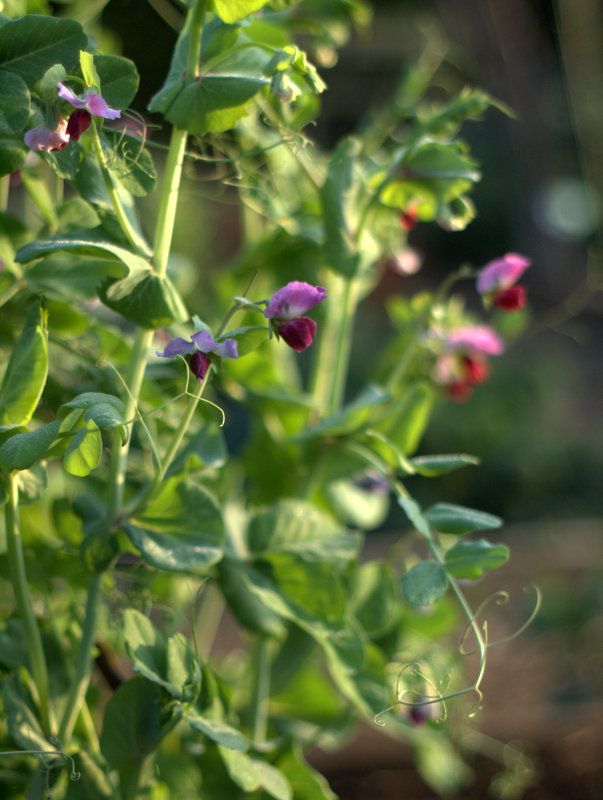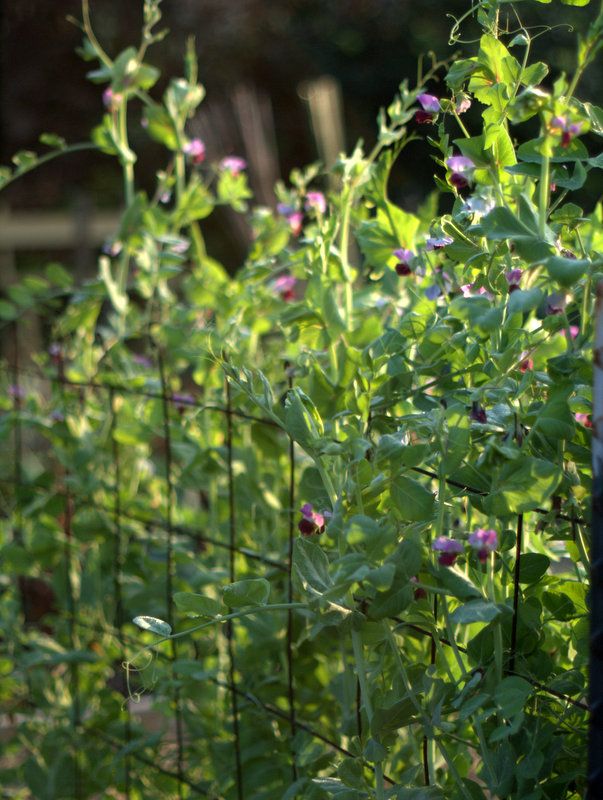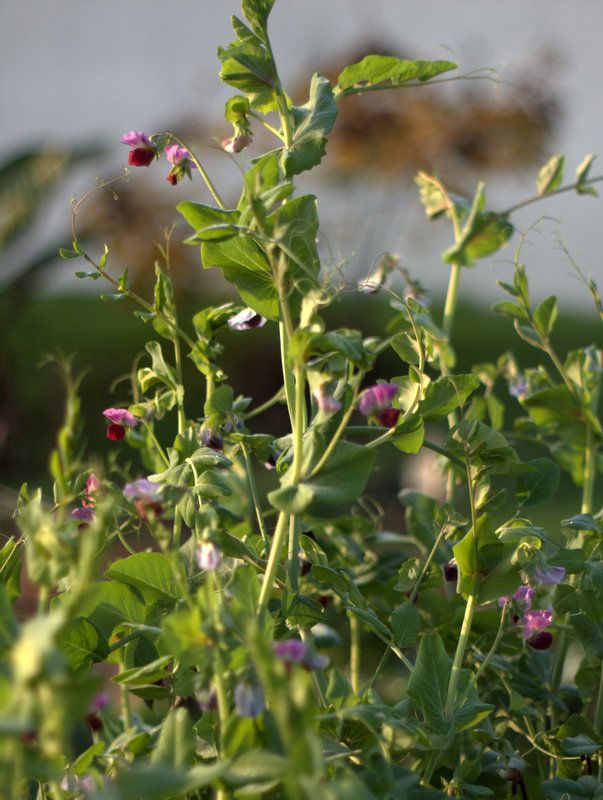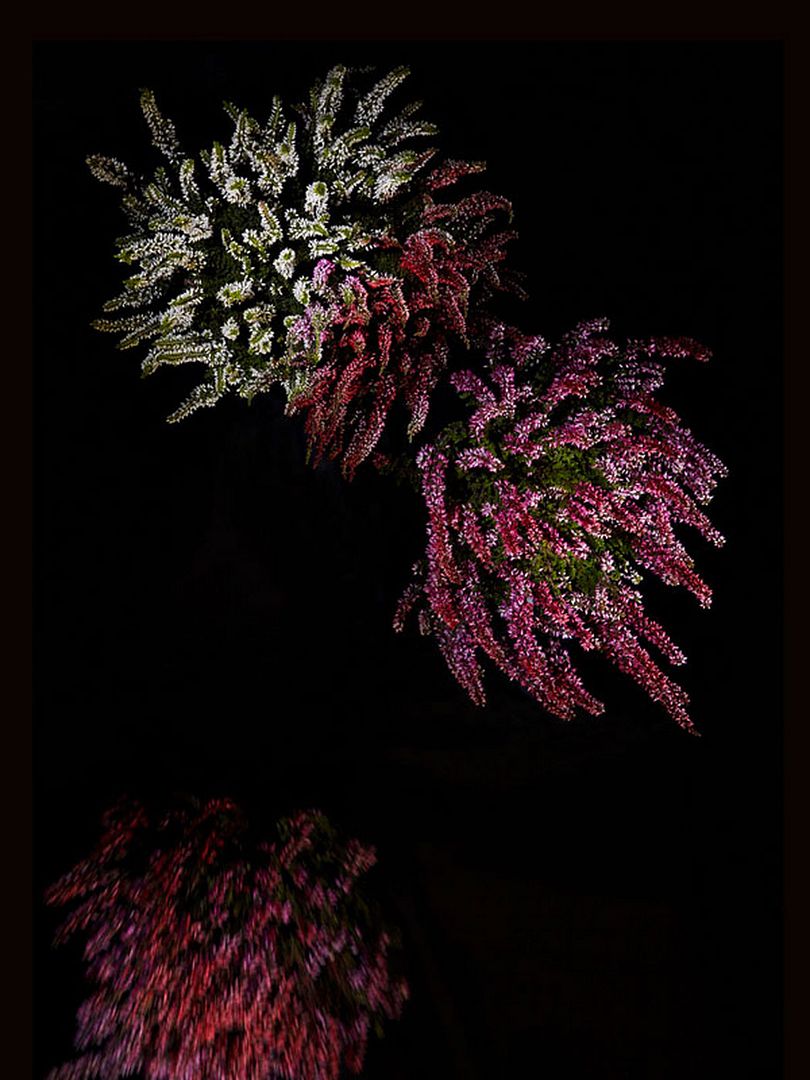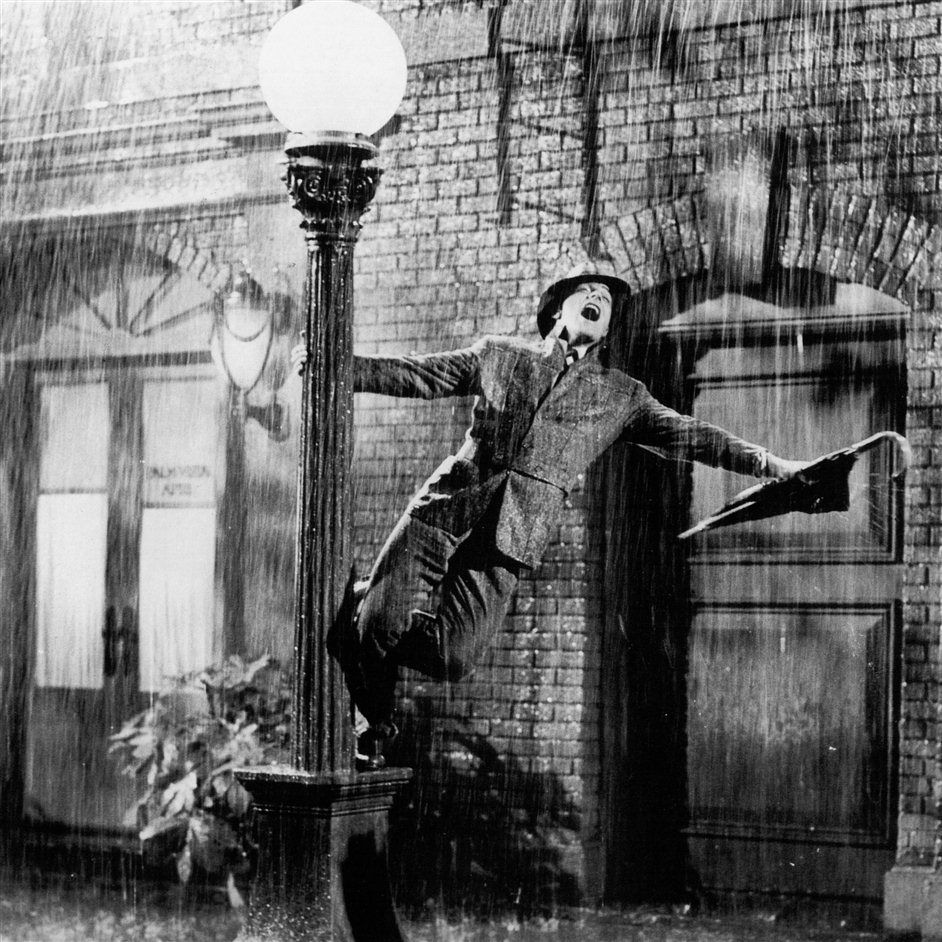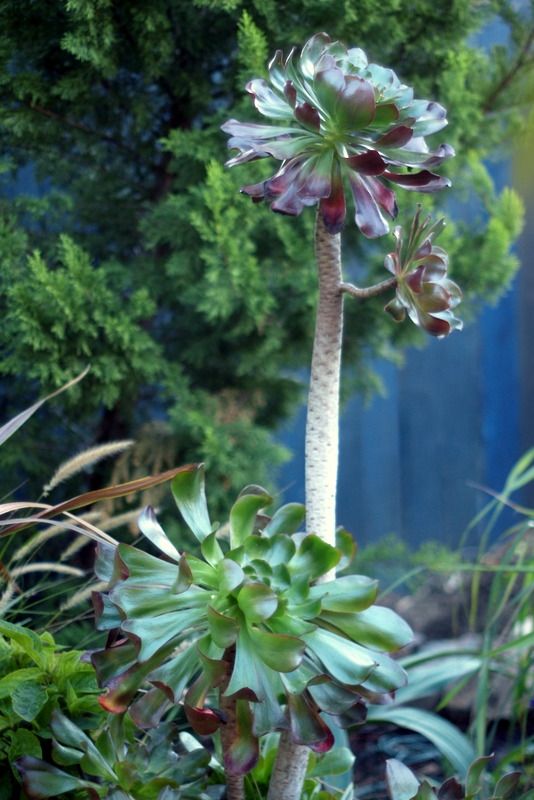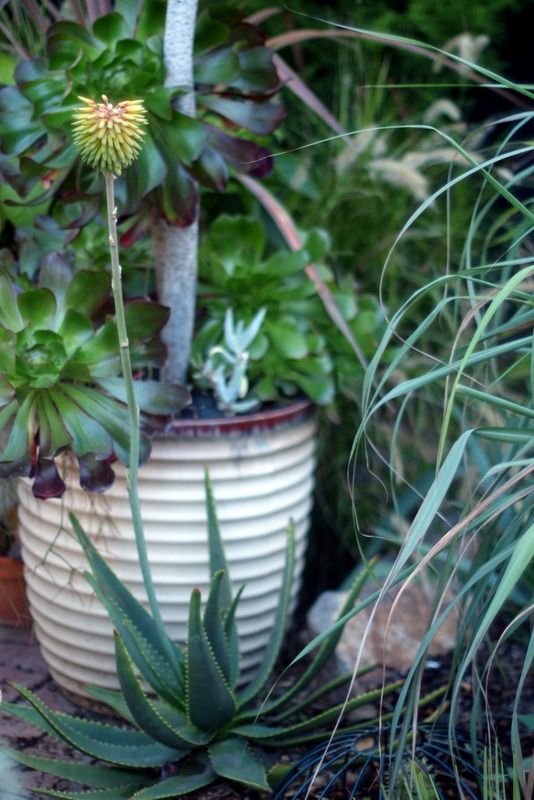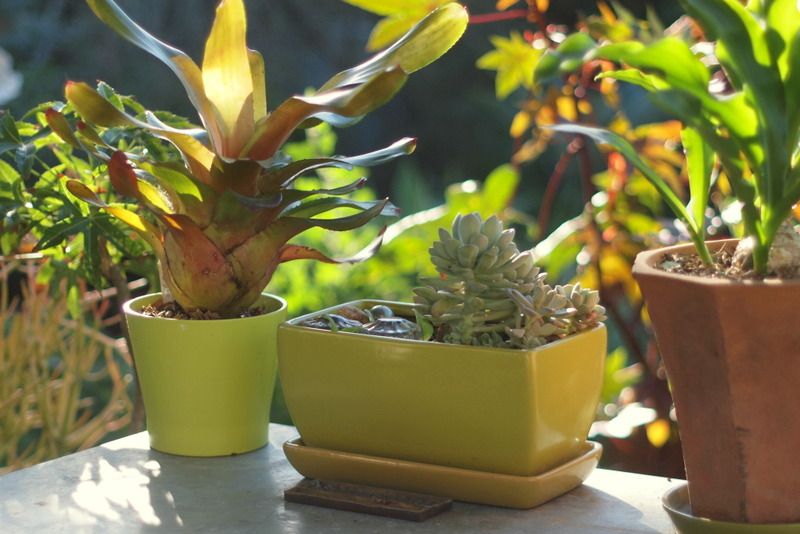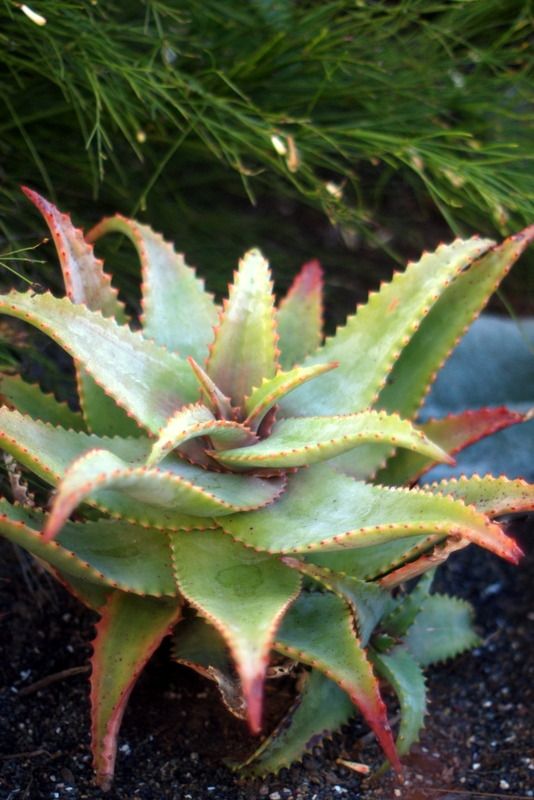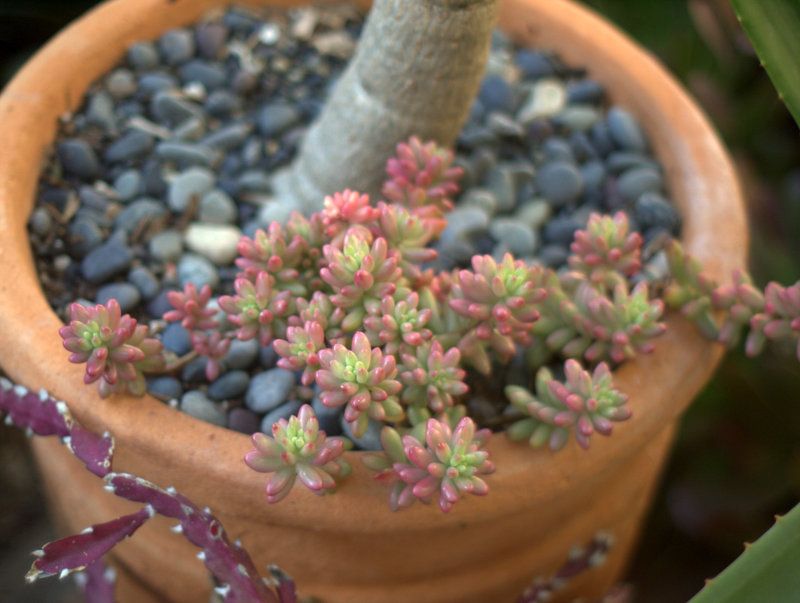
If time is an ocean, then 2015 is already bobbing with the detritus of Best-of-2014 lists. I usually love these lists but just don’t have any idea where to look now that there’s so many out there. There was a time when the year ended was avidly commemorated with just The Los Angeles Times print edition, with Charles Champlin (who passed away November 2014) recounting the best movies, Robert Hilburn handling music, and the Book Review insert filled with enough of interest to fill an afternoon. This would have been in the LAT’s heyday up to 1980, when Otis Chandler shaped it into a world-class newspaper, fortuitously a period that overlapped my childhood. Strange how exciting it once was to read the papers! Now I’m sounding as wistful, if slightly less cranky, as a character from a favorite film of 2014, Adam, played by Tom Hiddleston, in Only Lovers Left Alive by director Jim Jarmusch. Yes, it’s another addition to the trendy vampire genre, which could be seen as cynical calculation for instant box office, except Mr. Jarmusch swears he was unaware of the recent blood-sucking cultural touchstones like Buffy the Vampire Slayer, True Blood, and the Twilight series. (I know it’s possible to have somehow missed them because I have too.) And it’s pretty obvious by now that Jarmusch never thinks of box office receipts anyway. For Mr. Jarmusch, having vampires as protagonists allows him to play around with some of the best set design outside a Wes Anderson movie, backed by his own brooding musical score, setting the stage for a slow, moody, and meandering exploration of lives that are not book-ended or back-stopped by the usually inevitable counterpart. That implacable open-endedness to existence has bested vampire Adam, a musician, capital R Romantic, and collector of rare musical instruments (like Jarmusch).
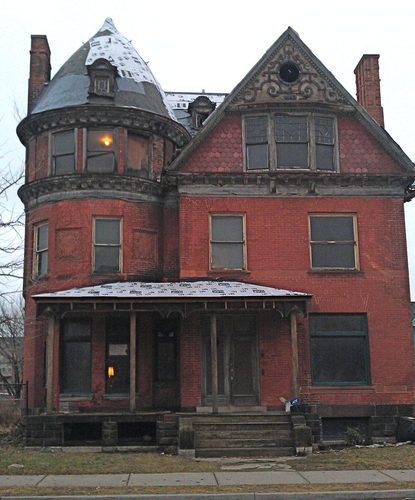
Adam’s house in Detroit, image found here
Lives spanning centuries will of course have their favorites, and Adam seems to have become emotionally stuck in the beginning of the 19th Century with the Romantics, even if he does admit Lord Byron was a “bastard.” Adam has temporarily found a solitary haven to sulk in the post-recession ruins of Detroit, while his wife Eve (Tilda Swinton) favors Tangier. Where Adam has become disgusted by everything 21st century, with all of us non-vampire “zombies” literally ruining and poisoning his world, Eve, esconced in Tangier, seems to have managed to glide gracefully through the centuries, philosophically treasuring the best they have to offer, such as in the many books with which she surrounds herself, appreciating and including modern writers like David Foster Wallace. (And when I say Eve glides gracefully, just watch her walk through the streets of Tangier in her boots and cream trousers.) Adam and Eve are tall and lean, pale and gorgeous, with only their hair betraying the many centuries under their belts. Vampire hair shows its age, becoming stiff and coarse, in case you didn’t know.

image found here
As with a lot of our occupations, the actual “work” of being vampires has changed too; with human blood mostly too poisoned to gamble on, the nocturnal hunt for victims has turned into a discreet and relatively bloodless affair of bribing local medical professionals for regular infusions of plasma that has been scrubbed, screened, and vetted by the best practices of modern science. Their best friend is vampire/Elizabethan playwright Christopher ‘Kit’ Marlowe, just one example of the literary insider humor that suffuses the film. Many conspiracy-minded scholars have long suspected that someone other than William must be the true author of Shakespeare’s work, with the contemporaneous playwright Marlowe always a prime candidate. Jarmusch has professed himself a believer in the fraud theory, which feeds his strong opinions about our misguided notions of celebrity.
If Eve is adroitly surfing the waves of time, Adam has hit the rocks and wishes only for release, especially when his hideaway in Detroit is discovered by his unwanted music fans. When the two vampires eventually meet up in Detroit, watching them drive through its empty streets at night is another of the slow pleasures of the film (“look, it’s little Jack White’s house!”) I’ve heard a lot of complaints that not much really happens in the movie, whereas I feel that an excess of plot would only break the exquisite mood the movie builds up. But through a couple of mishaps, a bit of forward momentum does develop and carries our two vampires out of the comfort and safety they have so carefully constructed, once again having to reinvent themselves anew and get out there and bite some necks. Eve’s wisdom and a night out on the town in Tangier ultimately lessens Adam’s ennui. The best summation of the movie I’ve found is this: “Read broadly and learn many things. Appreciate and cherish the old but be constantly open to the new. Immerse yourself in the arts. Dance. Make friends.Find love and give love. Be aware of the state of the world but don’t dwell on it. Doing great work and getting it out there is better than – and sometimes antithetical to – being famous. And frozen blood on a stick is a surprisingly refreshing treat.” (by Devin Faraci, Badass Digest)
And why does a vampire movie (the best, in my admittedly narrow opinion, since Let The Right One In) merit entry in the Cinema Botanica? There’s actually a couple reasons. For one, the vampires are keenly aware of the natural world, which they address in proper scientific Latin, as when Eve encounters a grapevine and purrs with tender familiarity, “Ah, Vitis vinifera!” Not to mention their absorption in an outcropping of mushrooms they stumble on in one of their night-time rambles. Crouching down for a closer look, Adam laments ruefully “We don’t know shit about fungi.” So the vampires’ hyperawareness of the natural world will strike a familiar chord with plant lovers. The collector mania exhibited by Adam will have a familiar ring for agave lovers too. But there’s also Tilda Swinton, who has quite a few links to garden culture and could even be considered something of a garden muse. Early in her acting career, she worked with film maker Derek Jarman, who is also revered for his shingle garden known as Prospect Cottage in Dungeness, Kent.
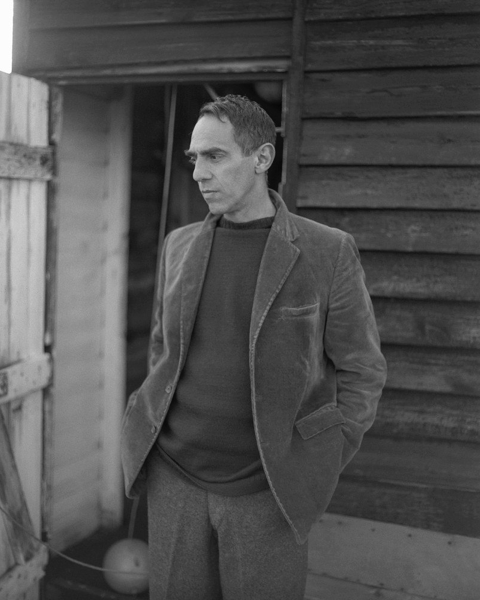
Phoot of Derek Jarman by Howard Sooley
Another link would be Swinton’s role in the movie Orlando, based on the book Virgina Woolf wrote about her great friend Vita Sackville-West. Woolf doesn’t bother to develop a framing device of vampirism to explain how her hero/heroine Orlando manages to live many centuries, as well as switch gender, but it was all meant as an affectionate tribute to her friend Vita, who was not allowed to inherit her beloved ancestral home Knole because she was inconveniently the wrong gender. Vita Sackville-West went on to create one of the most celebrated gardens in the world at Sissinghurst, also in Kent, England. (Garden maker and writer Sarah Raven, married to the grandson of Vita, has a new book out on Sissinghurst, “The Creation of a Garden.”)

Evidence of Vita and Virginia’s friendship can still be found at Sissisnghurst today, in the portrait of her friend that is still kept on Vita’s desk (found here)
Of Tilda Swinton, Jarmusch has this to say: “
She has an ability to prioritise what’s really important in life. Once I was listening to her, I think we were at lunch with Patti Smith, and I thought: ‘Oh boy, if all culture breaks down, I’m following them. They’re my leaders, the women are the way to go.'”
